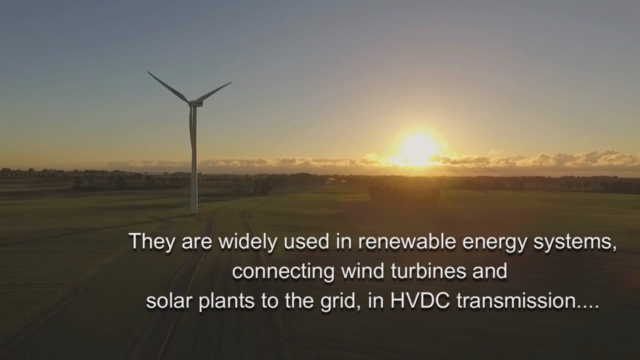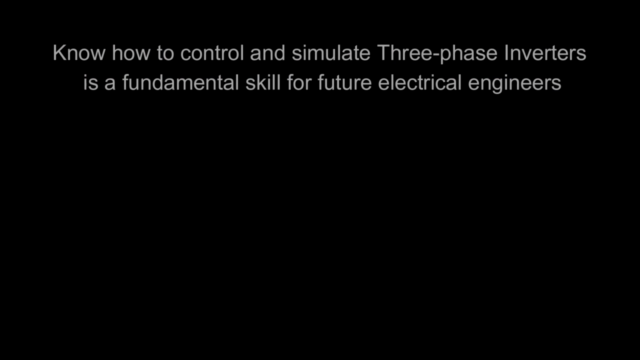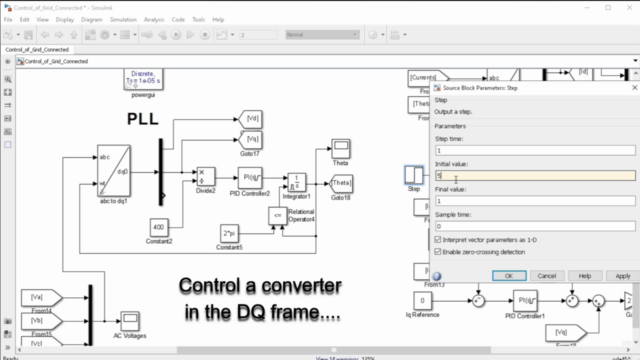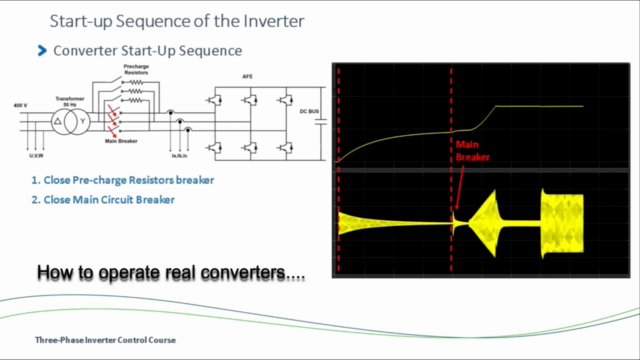Power Electronics: Control and Simulation of PWM Inverters
Learn how to control, model and simulate with Simulink the main type of Power Converter used in energy and transport
4.13 (169 reviews)

793
students
3 hours
content
Sep 2019
last update
$44.99
regular price
What you will learn
Control a Three-phase Voltage Source Inverter
Power Electronics
Current Control of a Three-phase Voltage Source Inverter
Voltage Control of a Three-phase Voltage Source Inverter
Active and Reactive Power Control of a Three-phase Voltage Source Inverter
Microcontroller implementation of Inverter Control
Simulation of Three Phase Inverters in Simulink
Electrical systems
Screenshots




Related Topics
2456252
udemy ID
7/12/2019
course created date
10/30/2019
course indexed date
Bot
course submited by